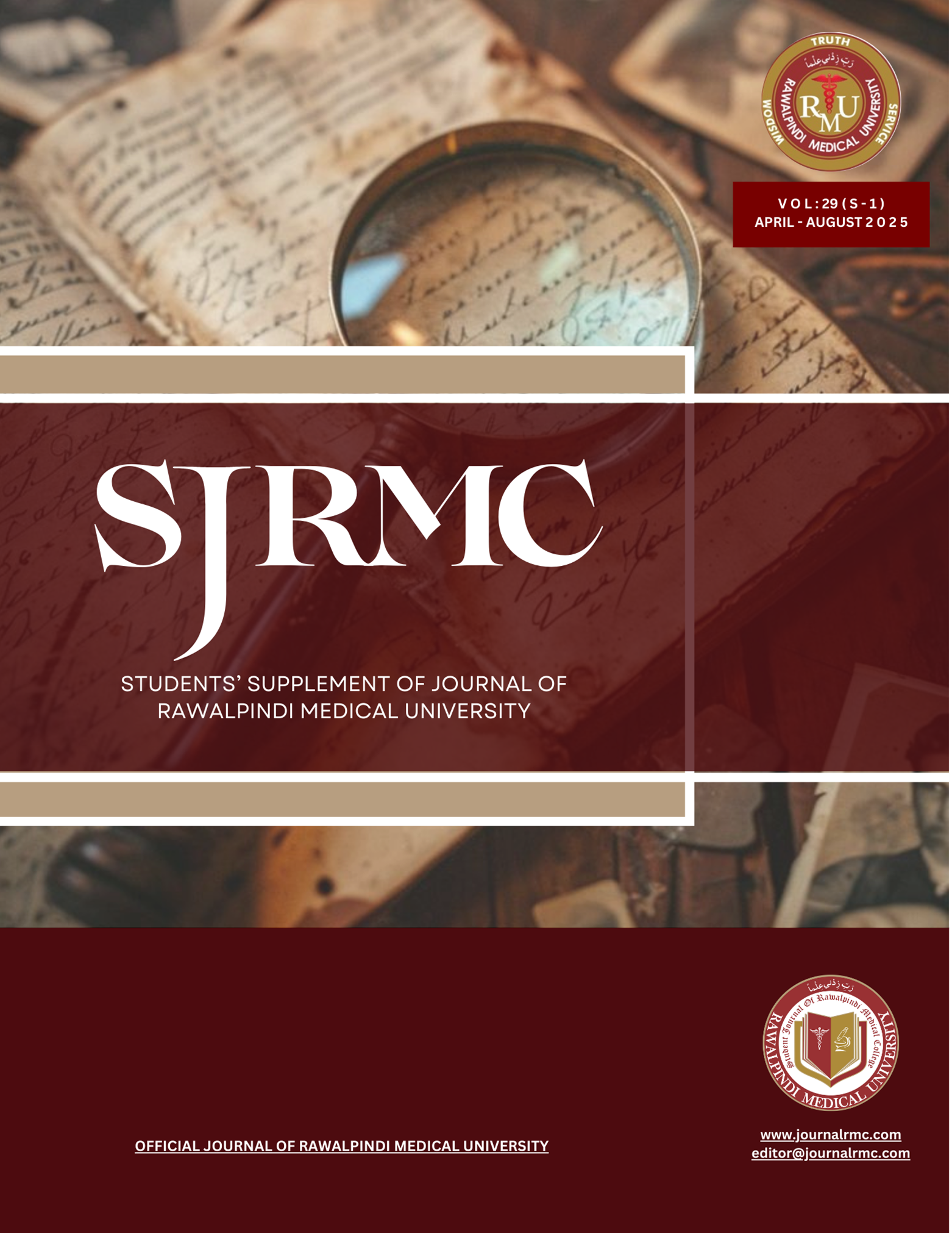Abstract
Background: Hypertension (HTN) is a leading preventable cause of cardiovascular disease and mortality worldwide and remains a major health burden in Pakistan. The National Diabetes Survey of Pakistan (2016–2017), which included 10,834 participants, reported an overall age-adjusted, weighted HTN prevalence of 46.2%. However, data on hypertension management among hospitalized non-cardiac patients are limited. Understanding patterns of inpatient management in this group is crucial for improving outcomes and guiding treatment protocols. This study aimed to evaluate the prevalence, treatment patterns, and outcomes of hypertension in non-cardiac inpatients, focusing on complications, medication adherence, and discharge planning.
Methods: A cross-sectional study was conducted over five months (November 2024–March 2025) at Shalamar Hospital, Lahore. Adult patients (≥18 years) admitted with known or newly diagnosed hypertension were enrolled. Demographics, clinical characteristics, inpatient blood pressure trends, treatment modalities, and outcomes were collected through structured questionnaires and medical-record review. Statistical analyses were performed using SPSS v27.
Results: Among 151 hypertensive inpatients (mean age 58.2 ± 12.8 years; 68.9% female), 77.5% had a prior HTN diagnosis and 67.5% reported treatment adherence before admission. Diabetes (81.9%) and chronic kidney disease (13.8%) were the most common comorbidities. Hypertension was actively managed in 78.2% of patients, yet 18.5% received no treatment during admission. Oral antihypertensives were administered to 72.1%, with 37.7% receiving monotherapy. Complications included hypertensive emergencies (5.3%), renal failure (8.0%), and myocardial infarction (2.6%). Only 29.1% had a documented follow-up plan at discharge. Poor blood-pressure control was significantly associated with renal dysfunction, inadequate medication use, and lack of specialist referrals (p < 0.05).
Conclusion: Despite a high prevalence of hypertension among hospitalized non-cardiac patients, significant gaps exist in management, including suboptimal treatment, limited follow-up planning, and high complication rates. These findings highlight the need for standardized inpatient hypertension protocols in Pakistan to improve outcomes and reduce healthcare burden.

